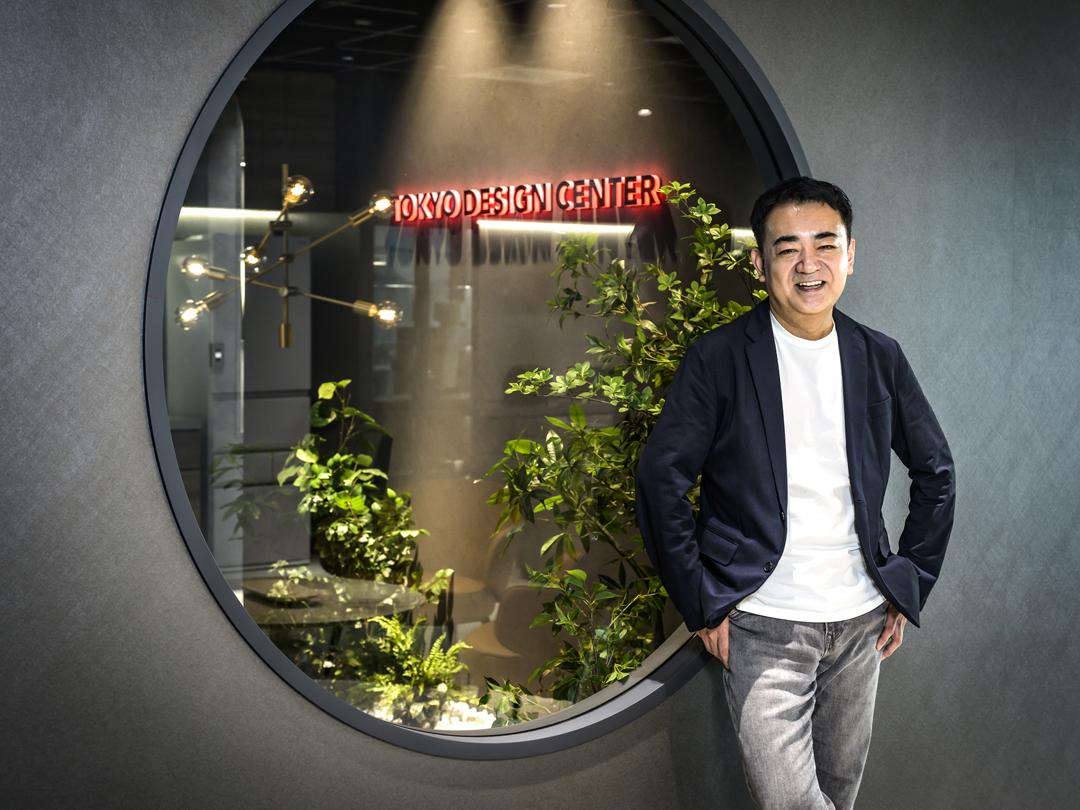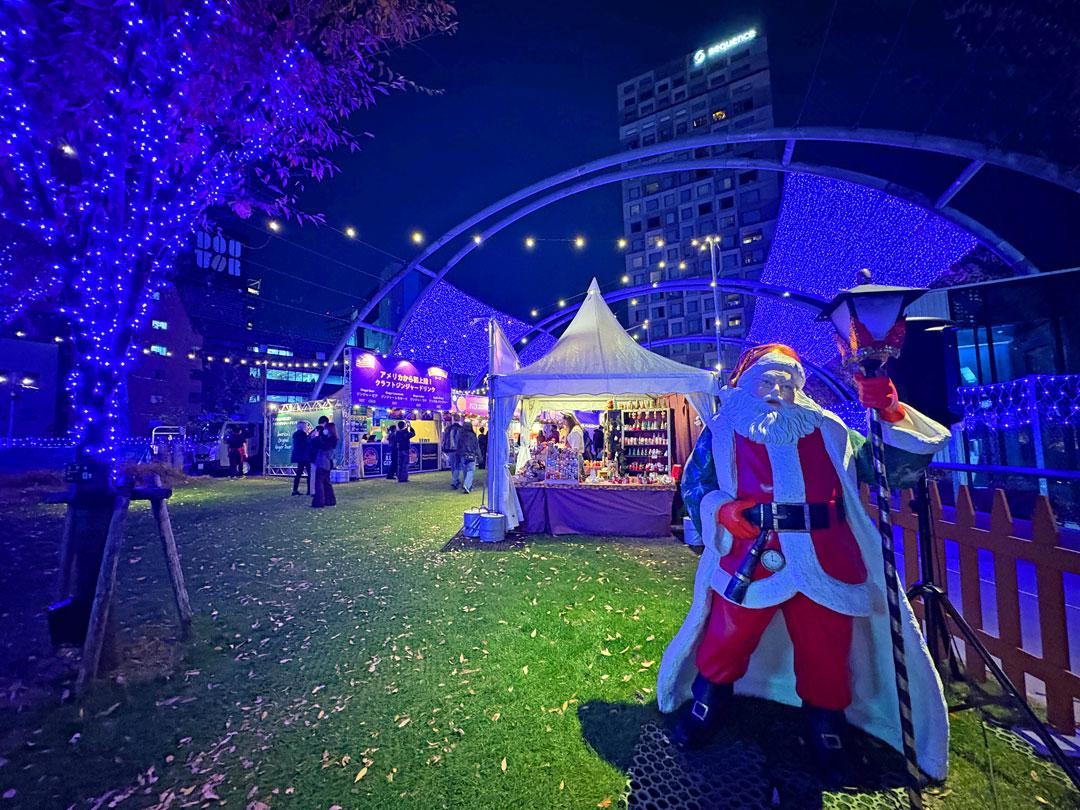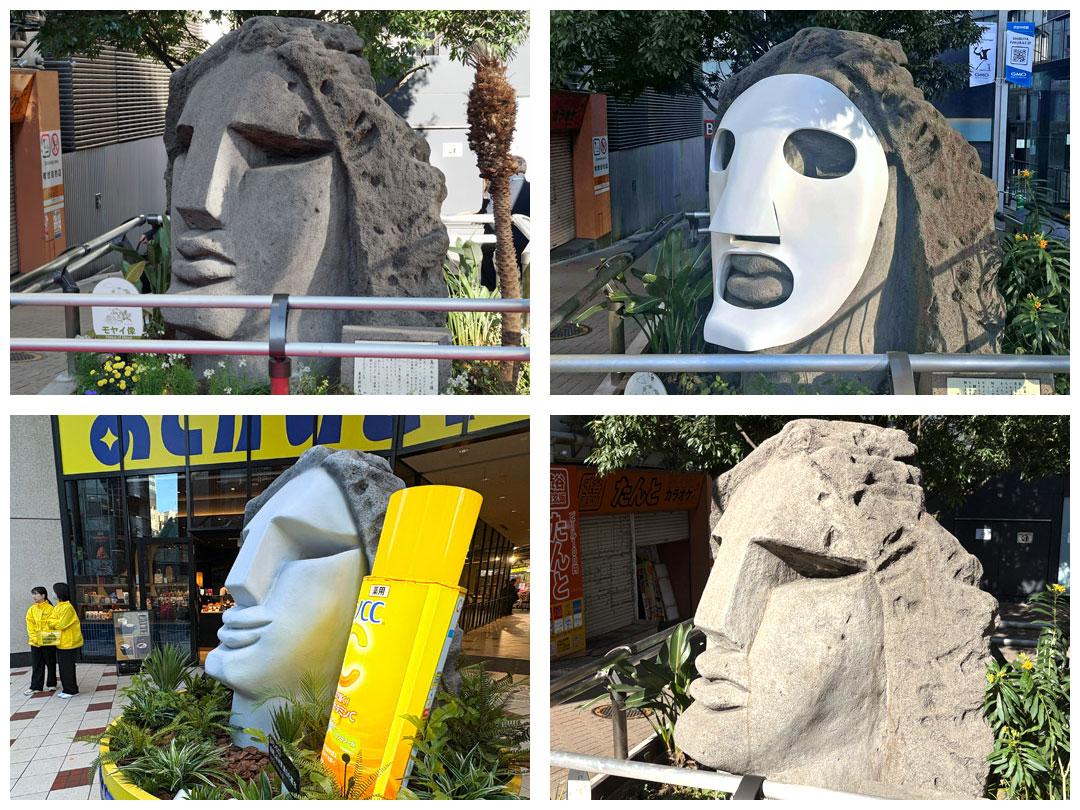SHIBUY.A. × INTERVIEW
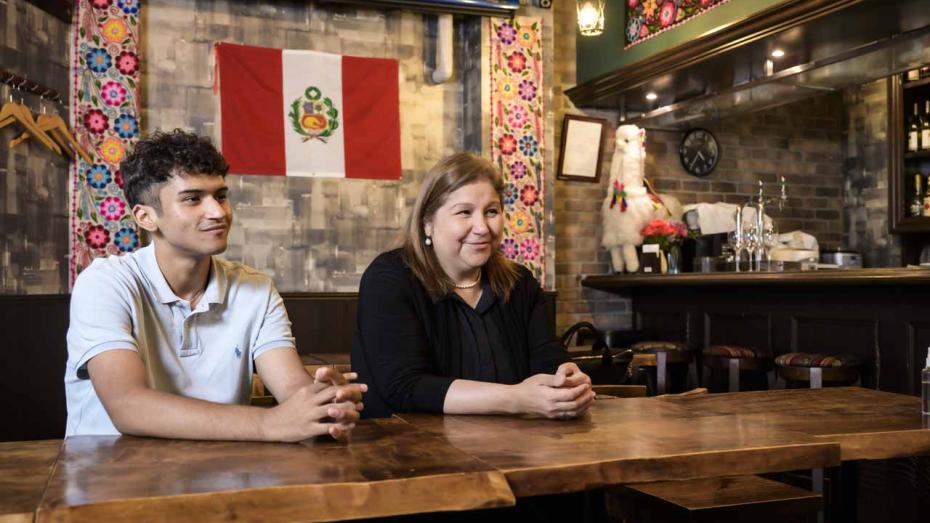
Miguel EscalanteMr.
Alpaca knit manufacturing and sales "Royal Alpaca" / Peruvian restaurant "Miraflores"
Discover the charm of Peru, nurtured by its rich nature and history
I want to continue to send messages from the streets of Shibuya
2024-10-21
Patricia Escalante (right)
He is the CEO of Beluchi International, the company that runs Royal Alpaca. He has lived in Japan since coming here in 1991 at the age of 19. In 2003, he opened a Peruvian restaurant called Miraflores in Shibuya Sakuragaokacho. In 2011, he was awarded the Order of Culture by the President of the Republic of Peru in recognition of his contributions to spreading Peruvian culture in Japan.
Miguel Escalante (left)
In 2021, while still a university student, he was appointed General Manager of the Food and Beverage Department at the Peruvian restaurant "Miraflores". In addition to managing Miraflores, he is also involved in the operation of Royal Alpaca. He is also active in promoting Peruvian culture through television and other media.
Patricia Escalante came to Japan about 30 years ago to spread Peruvian culture here, and is a recipient of the Order of Culture in her home country. Currently, together with her son Miguel, they continue to convey the charms of Peru to Japanese people through the management of "Royal Alpaca," which manufactures and sells high-quality alpaca knitwear, and "Miraflores," a Peruvian restaurant in Sakuragaokacho, Shibuya.
Came to Japan during the Bubble Era. Decided to move after alpaca knitwear became a big hit
First, please tell us how you came to Japan.
PatriciaI first came to Japan when I was 19 years old. My family has been running a business manufacturing and selling knitwear made from alpaca wool since my grandparents' generation. In 1991, I was invited by JETRO (Japan External Trade Organization) to hold my first fashion show in Japan, but since it happened to coincide with an event in Europe, I, who was still young at the time, came to Japan in their place.
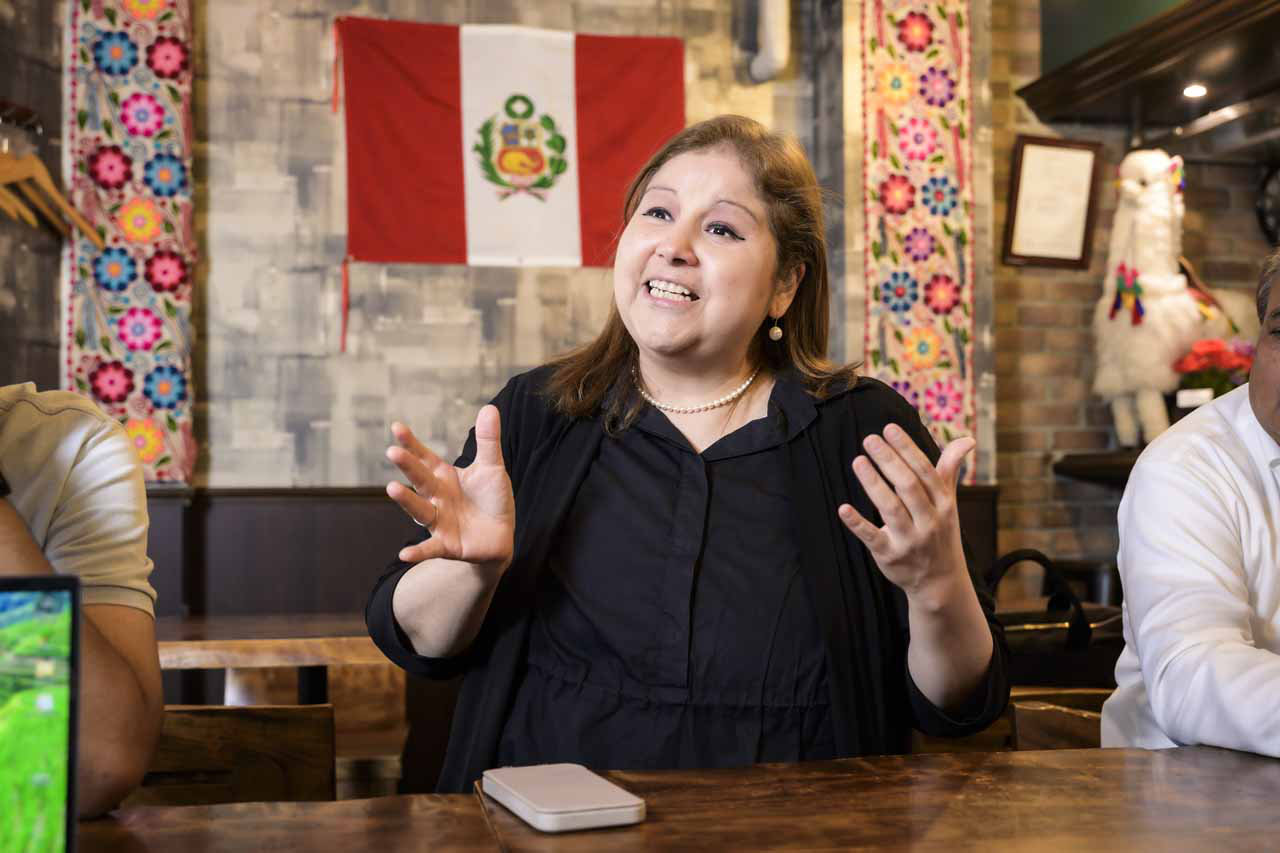
Patricia looks back on her first visit to Japan at age 19.
What was the reaction in Japan?
Peru is on the other side of the globe from Japan, and because of the different culture and language, alpaca knitting was hardly known at all. However, when people saw our products, the response was greater than we expected, with hundreds of orders being placed and department stores also expressing interest in doing business with us, so our initial plan of a two-week stay ended up being extended. This may have been due to the fact that Japan was in the midst of its bubble economy at the time.
After that, our clients expanded to include regional branches of department stores, and we needed a base for after-sales care. We could no longer keep up with traveling back and forth between the two countries, so we set up an office in Tokyo and I became its representative. My mother wanted me, her only daughter, to stay in Peru forever, though. Now I've lived in Japan longer than I have in Peru. In 2011, I received the Order of Culture from the President of Peru in recognition of my contribution to spreading alpaca knitting in Japan.
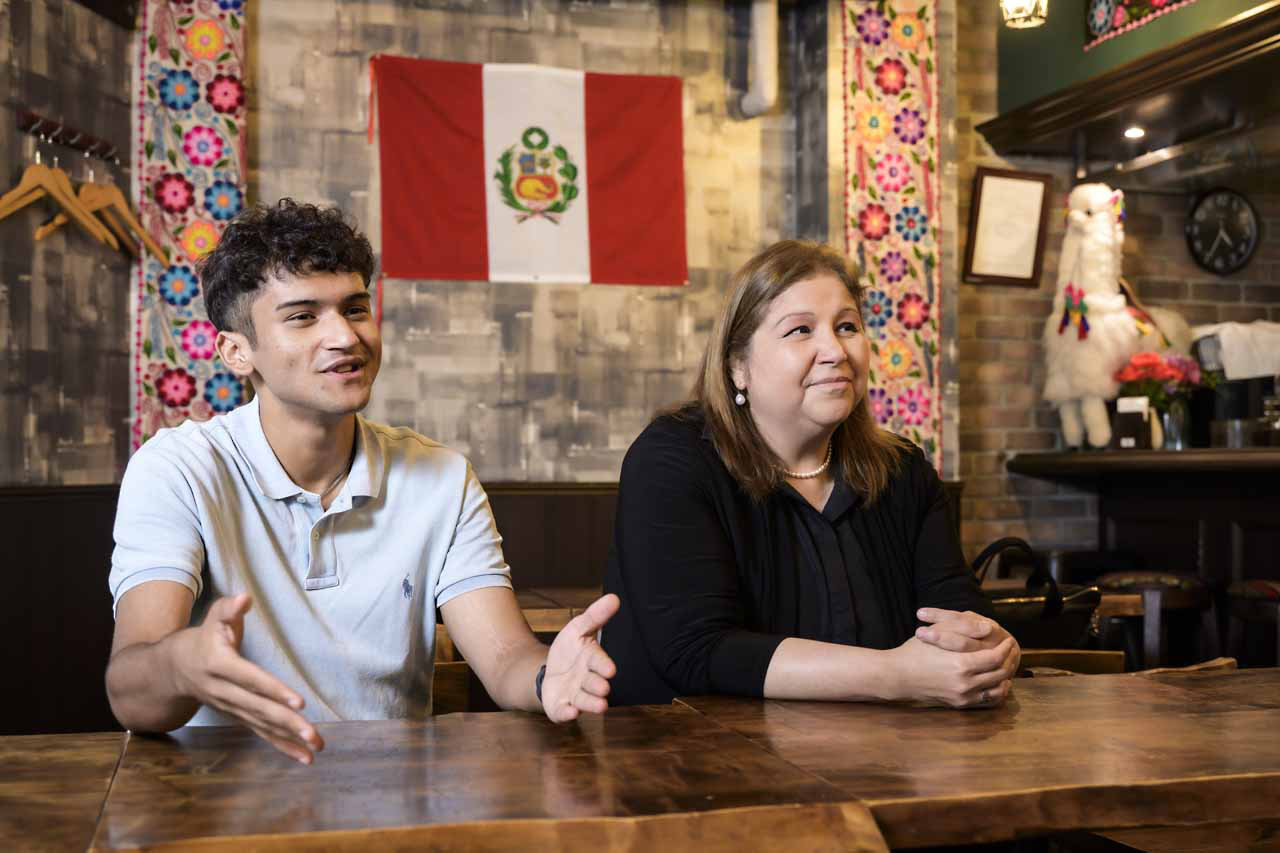
Patricia's son, Miguel, was born and raised in Japan and currently supports her as the general manager of the food and beverage department at Miraflores.
What are the characteristics of alpaca knit?
MiguelAlpacas grow up in the cold Andean highlands, so knitwear made from their wool is said to be eight times warmer than wool. It is also very light, and thanks to the unique oils of alpacas, it has the effect of preventing dirt and insect damage.
It takes a lot of time and effort to make knitwear. At our factory in Peru, our artisans hand-knit each item, spending three to six months on each item. Furthermore, after the sale, we can provide cleaning and repair services at any time. Alpaca knitwear is treated as a luxury item on a par with cashmere and other materials, and although it is somewhat expensive, costing tens of thousands to hundreds of thousands of yen per item, once purchased it can be worn forever as a "lifetime item," and in many cases it is passed down to children and grandchildren.
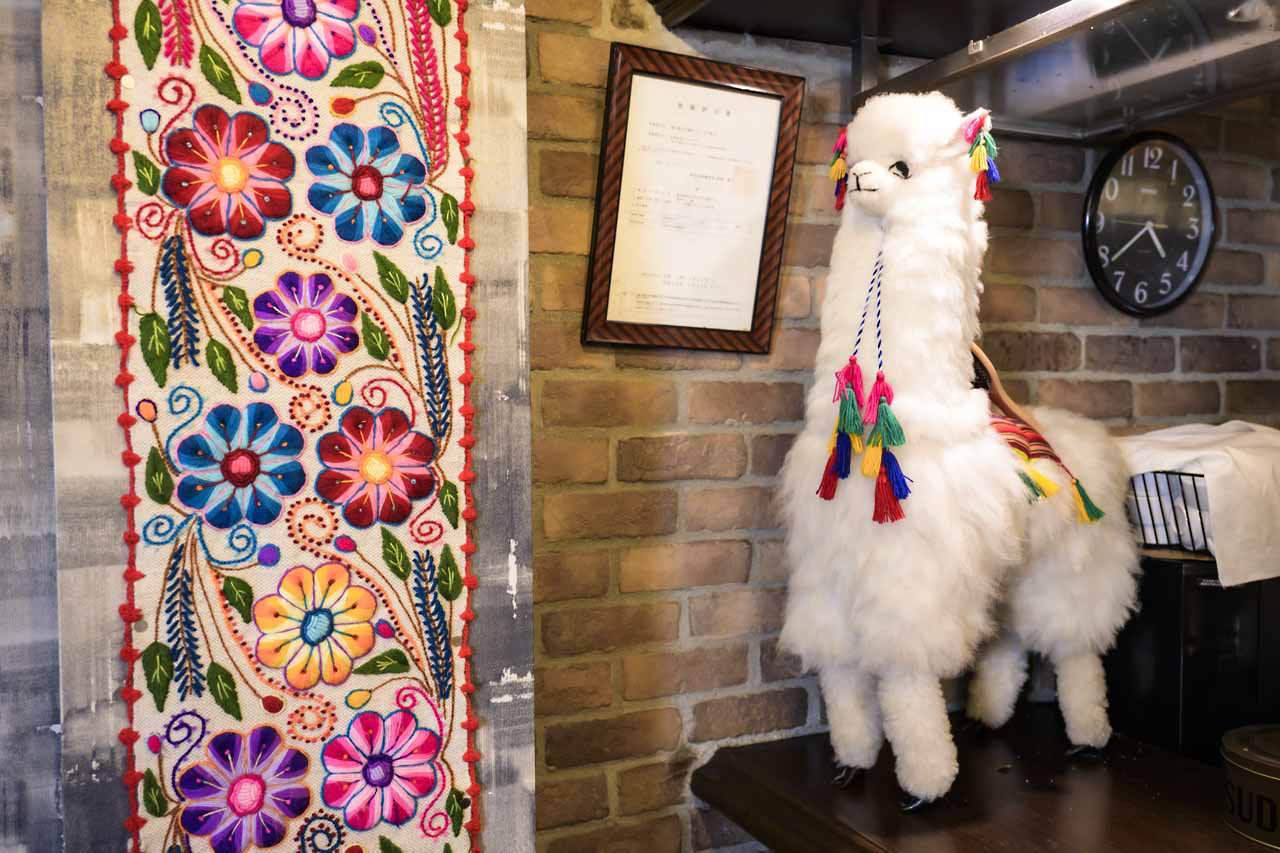
Alpaca dolls in the Miraflores store. Alpacas are raised in the highlands of the Andes at altitudes of 3,500 to 5,000 meters, and their fine, flexible wool has long been known for its use in luxury wool textiles.
Chefs are brought in from the country to faithfully reproduce the local flavors
How did you go about opening the Peruvian restaurant Miraflores in Shibuya after that?
PatriciaMiraflores opened in Shibuya in 2003. At the time, there were popular restaurants serving Peruvian food in areas where South American workers gathered, but there were no traditional Peruvian restaurants in Tokyo. That's why we wanted Japanese people to experience the taste of Peruvian food.
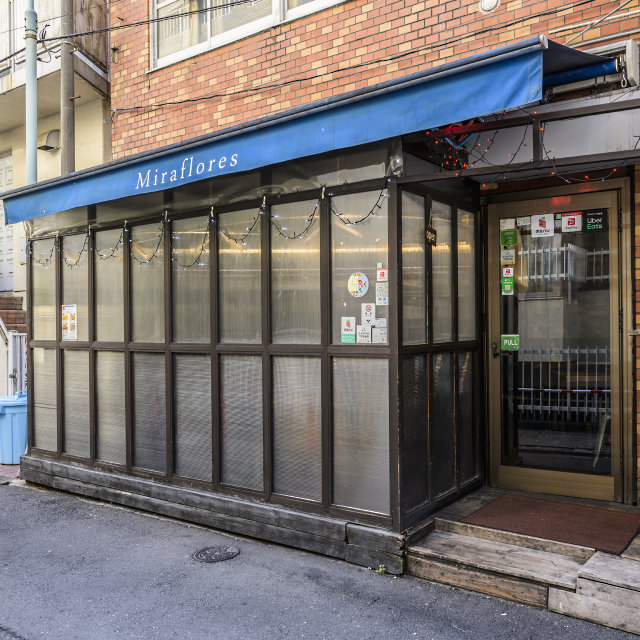
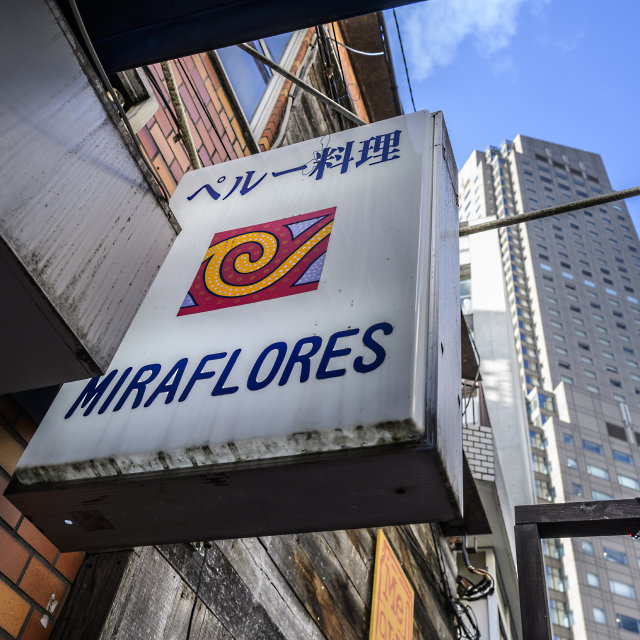
Miraflores is located in a back alley, a minute's walk from the Cerulean Tower. Look for the white sign that says "Peruvian Cuisine." The red and yellow swirls are inspired by the patterns of the ancient Inca civilization.
The store's name, Miraflores, is the name of the district in Lima, the capital of Peru, where I was born and raised. It is a fashionable, sophisticated district lined with fashion and gourmet shops and attracts young people, and I wanted to open a store in Shibuya, which has a similar atmosphere to that city.
What I was most particular about was faithfully reproducing the authentic taste. To that end, I wanted to entrust the cooking to Victor, the grand chef of a famous Peruvian restaurant that my family and I had been going to since I was a child. It was only natural that he was confused when I suddenly asked him to be the chef of a restaurant in Japan, and he was hesitant at first, but after a year of persuasion, we finally managed to open the restaurant. Since then, he has been the grand chef of Miraflores for over 20 years. He also really enjoys living in Japan.
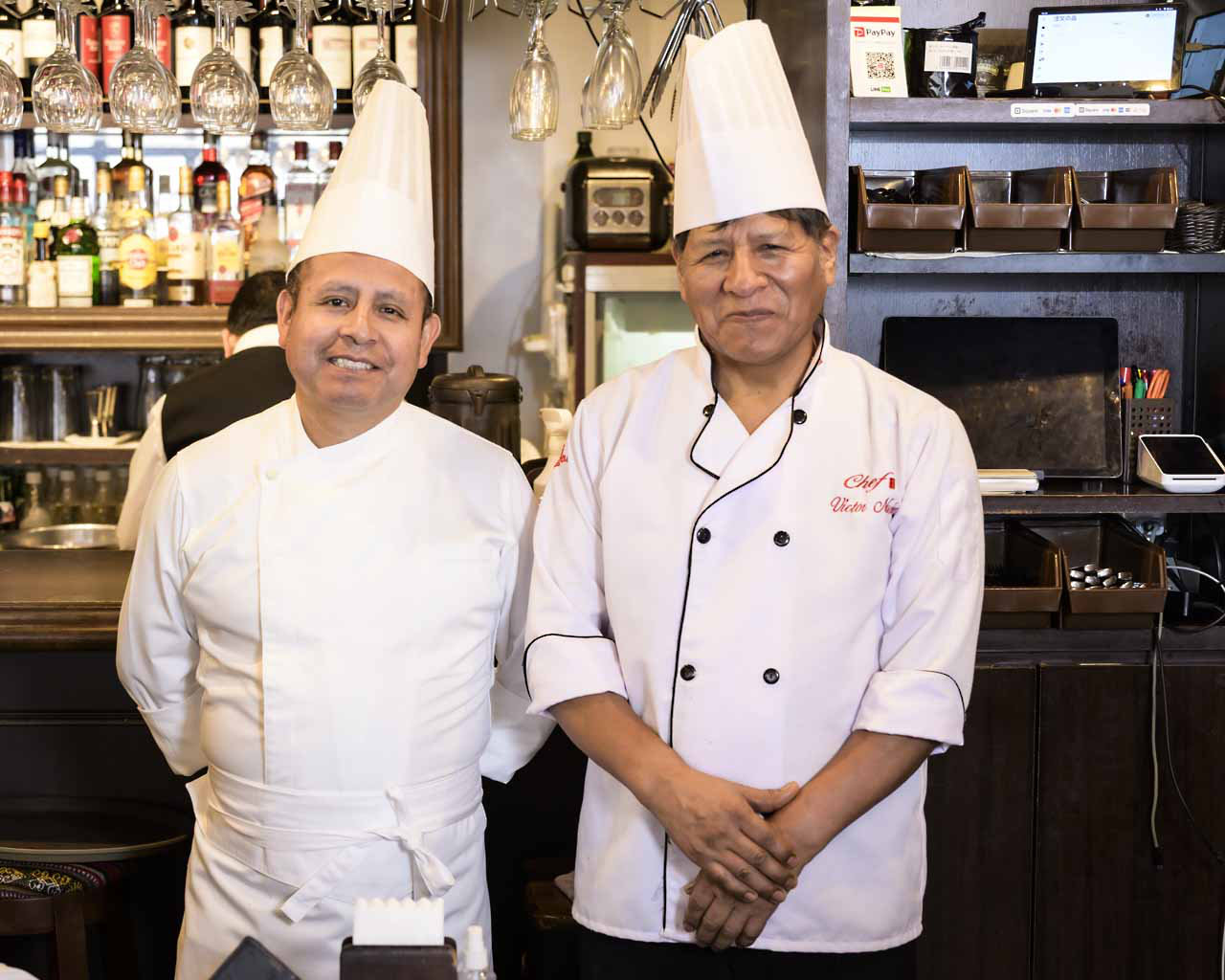
Chef Francisco (left) and Grand Chef Victor (right)
A rich food culture has developed under the influence of nature and history
What is the appeal of Peruvian cuisine?
MiguelFirst of all, it is a big feature that it has been influenced by many different ethnic groups. In addition to being heavily influenced by the Spanish colonial period, it has been shaped by a fusion of cuisines from indigenous peoples, Chinese workers, African slaves, and even Japanese immigrants. When you think of Spanish food, you think of paella, but there is a similar Peruvian dish called arroz con mariscos, which literally translates to "rice and seafood." Paella uses saffron, but arroz con mariscos is stewed in a tomato base.
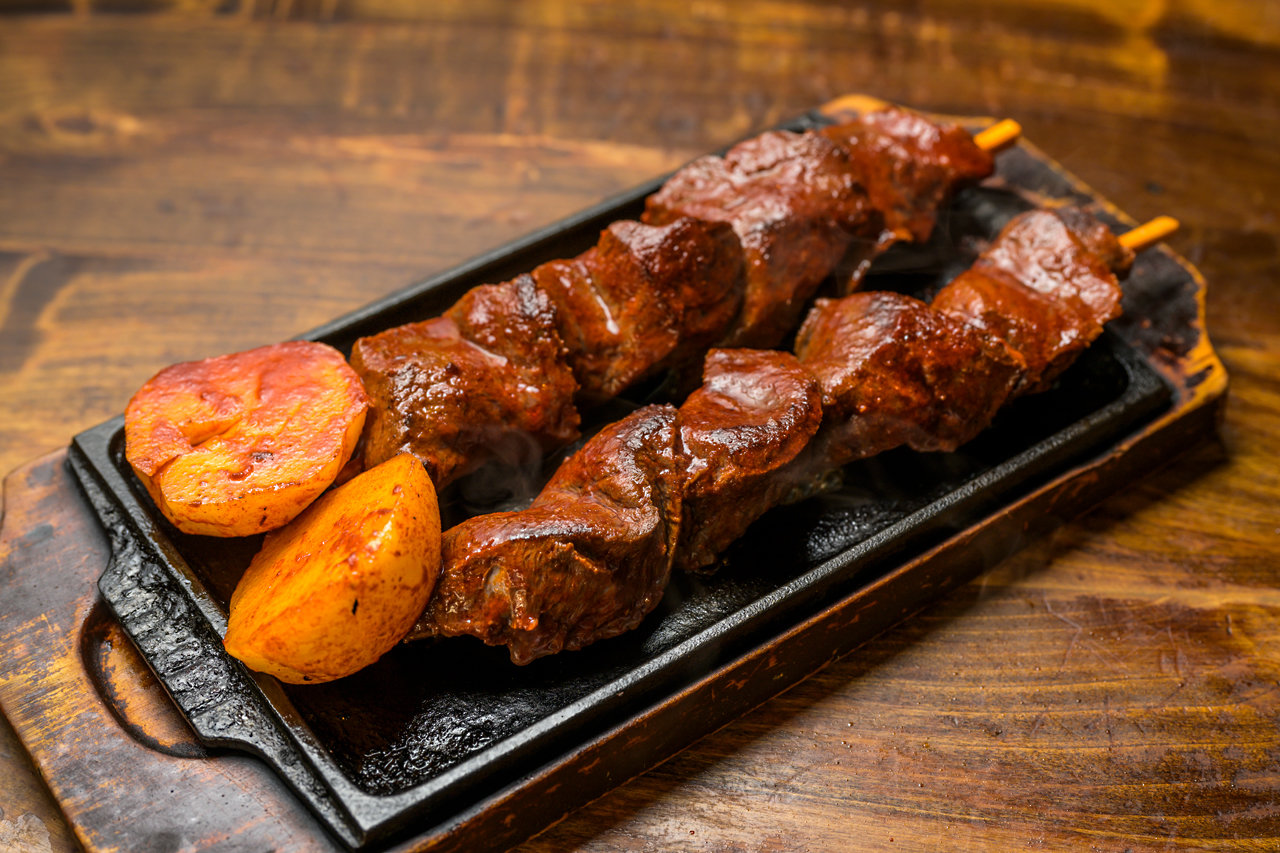
A popular dish is ANTICUCHO DE CORAZON (barbecue-style beef heart marinated in a special sauce, 2,000 yen). This is skewered beef heart marinated in a secret sauce made with ajibanca (chili pepper), an essential seasoning in Peruvian cuisine.
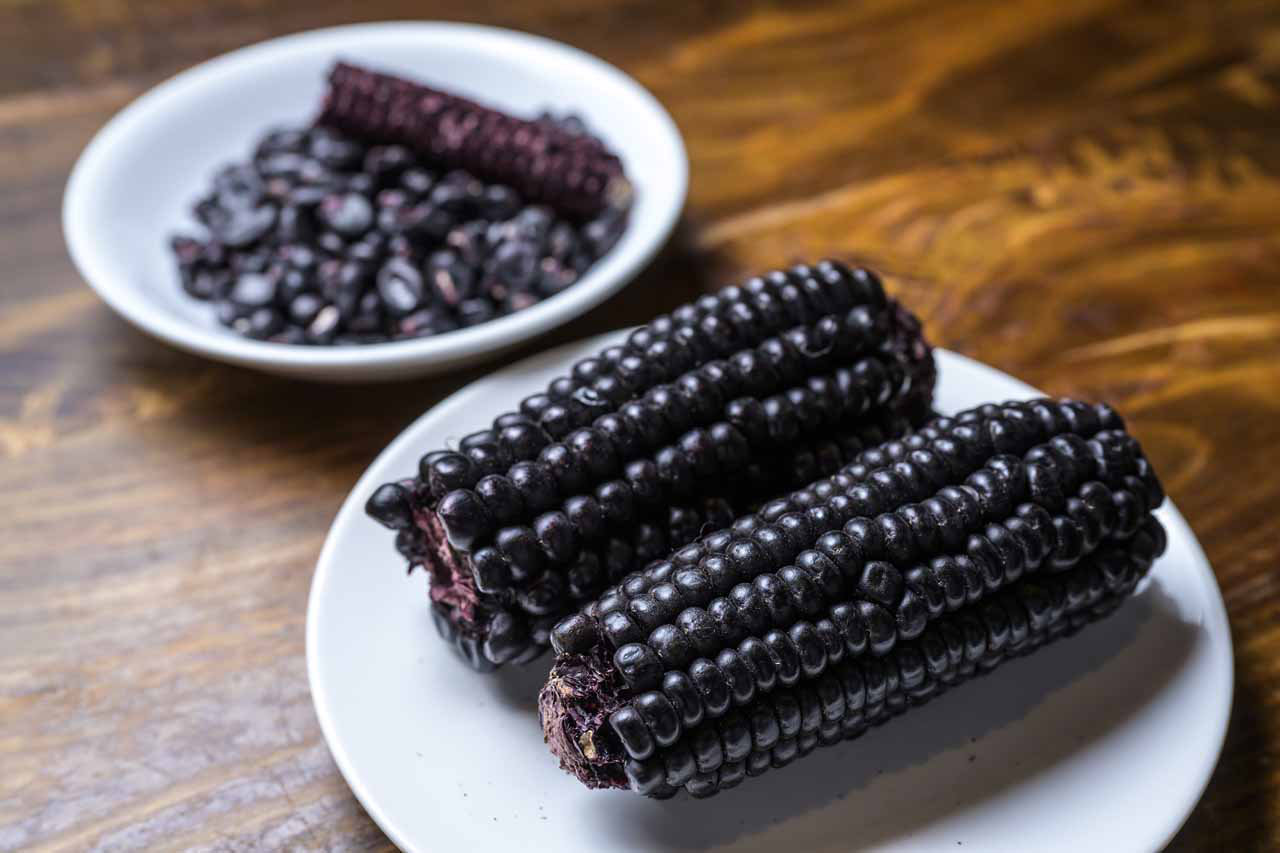
Purple corn from Peru. Chicha Morada, a popular drink in Peru, is made by boiling purple corn and adding fruits and cinnamon. It is rich in polyphenols and anthocyanins and is said to be good for your health.
Peru is divided into three major climate regions: the coastal area along the Pacific Ocean, the mountainous area where the Andes Mountains are located, and the tropical rainforest area where the Amazon spreads. It is also characterized by its rich diversity of ingredients. For example, potatoes and some corn are said to be native to Peru and are very commonly used in Peruvian cuisine. If you go to a local supermarket, you may be surprised to see dozens of different kinds of potatoes on display. Seafood can also be caught in the coastal areas, so the fish-eating culture is also thriving. There is a local custom of eating raw fish in a marinade-like dish, which is said to be the influence of Japanese immigrants.

CEVICHE MIXTO (fresh seafood marinade. 2,400 yen). Fresh seafood is mixed with onions, garlic, chili peppers, etc. and seasoned with lemon juice. Because there are many Japanese immigrants, the "culture of eating raw fish" is widespread in Peru, and ceviche mixto is one of Peru's representative dishes.
What kind of alcohol do they drink in Peru?
MiguelBeer is very popular. At our bar, we serve Peruvian beers such as Cusqueña, Cristal, and Pilsen. Peru is in the southern hemisphere and it's hot, so beer has a light taste. Pisco, a distilled grape liquor, also originated in Peru. During the colonial period, Peru was able to produce higher quality grapes than Spain, but wine production was banned in Spain, so one theory is that Peru made fermented alcohol out of the desire to waste the grapes. There are various ways to drink it, but pisco sours, which are made by adding fruit juice, are popular.
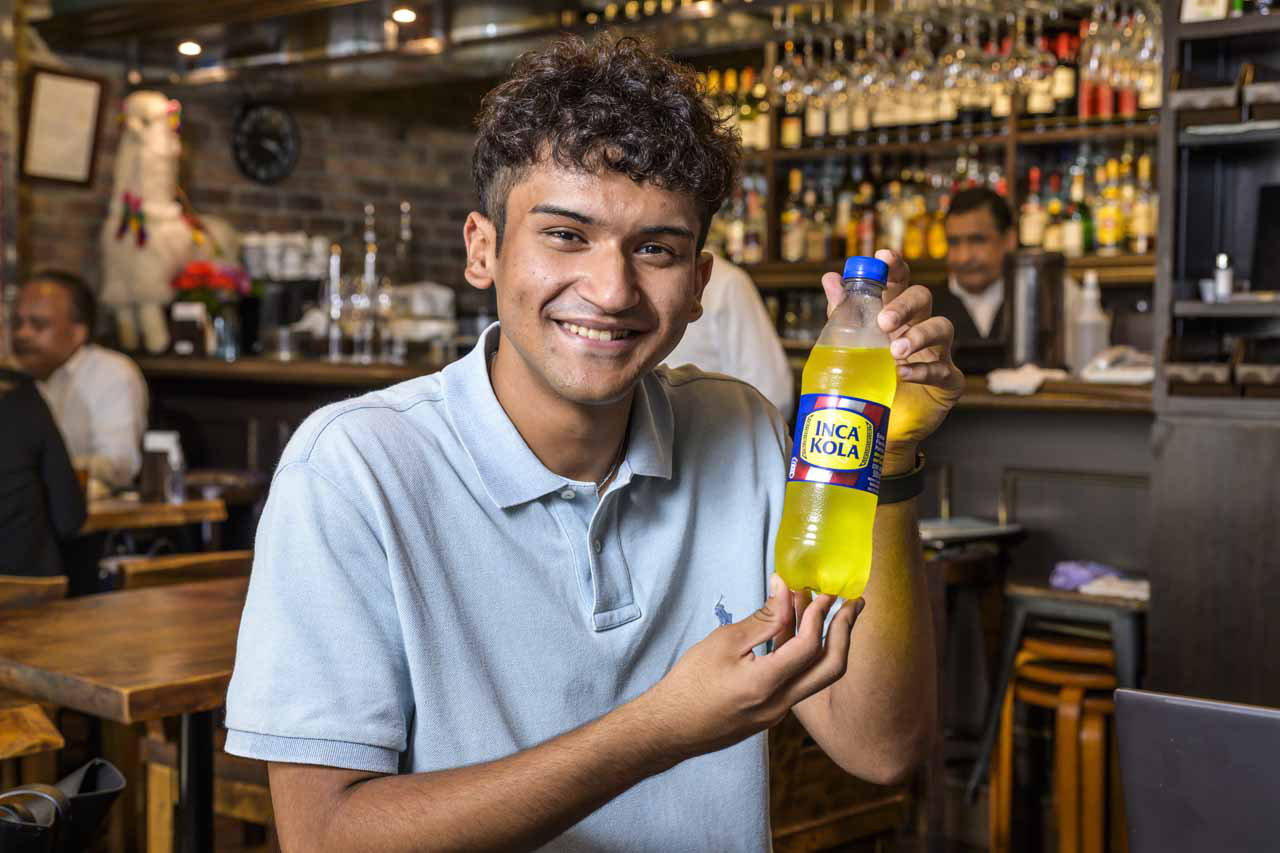
The drink Miguel is holding is "Inca Cola." Since its release in 1935, it has been called "Golden Cola" and is a national drink loved by Peruvians.
Although it is not alcoholic, Inca Kola is also an indispensable drink on the Peruvian dining table. It is a carbonated drink that originated in Peru and is characterized by its sweet taste, which is made by blending several types of herbs.
Do you feel that Peruvian food is becoming more popular in Japan?
MiguelI think so. More and more customers are coming to our restaurant casually, and other Peruvian restaurants are on the rise. Since I took over as manager from my mother three years ago, I have been working to promote Peruvian cuisine on TV and other media.
What's interesting about Shibuya is that the types of people you meet vary depending on the area and street.
What is your impression of the city of Shibuya?
MiguelI've been going to the store since I was a child, so it's a town that's very familiar to me. I had the image of it being a town with deep subculture, so I walked around Shibuya with a sense of exploration. I lived close to Ikebukuro, but when I became a university student, I started visiting Shibuya more and more when I met up with friends. In recent years, redevelopment has progressed and the town has become much cleaner, but it's still as lively and crowded as ever.
PatriciaI love Shibuya because it has a similar atmosphere to my hometown, Miraflores. I currently have only one store in Miraflores, but I used to have stores in Spain Hill and Ebisu. The customers were different from the one in Sakuragaoka, where I have a store now, so I ended up closing the two branches, which I regret, but I learned that the interesting thing about Shibuya is that the types of people passing through vary greatly depending on the area and street.
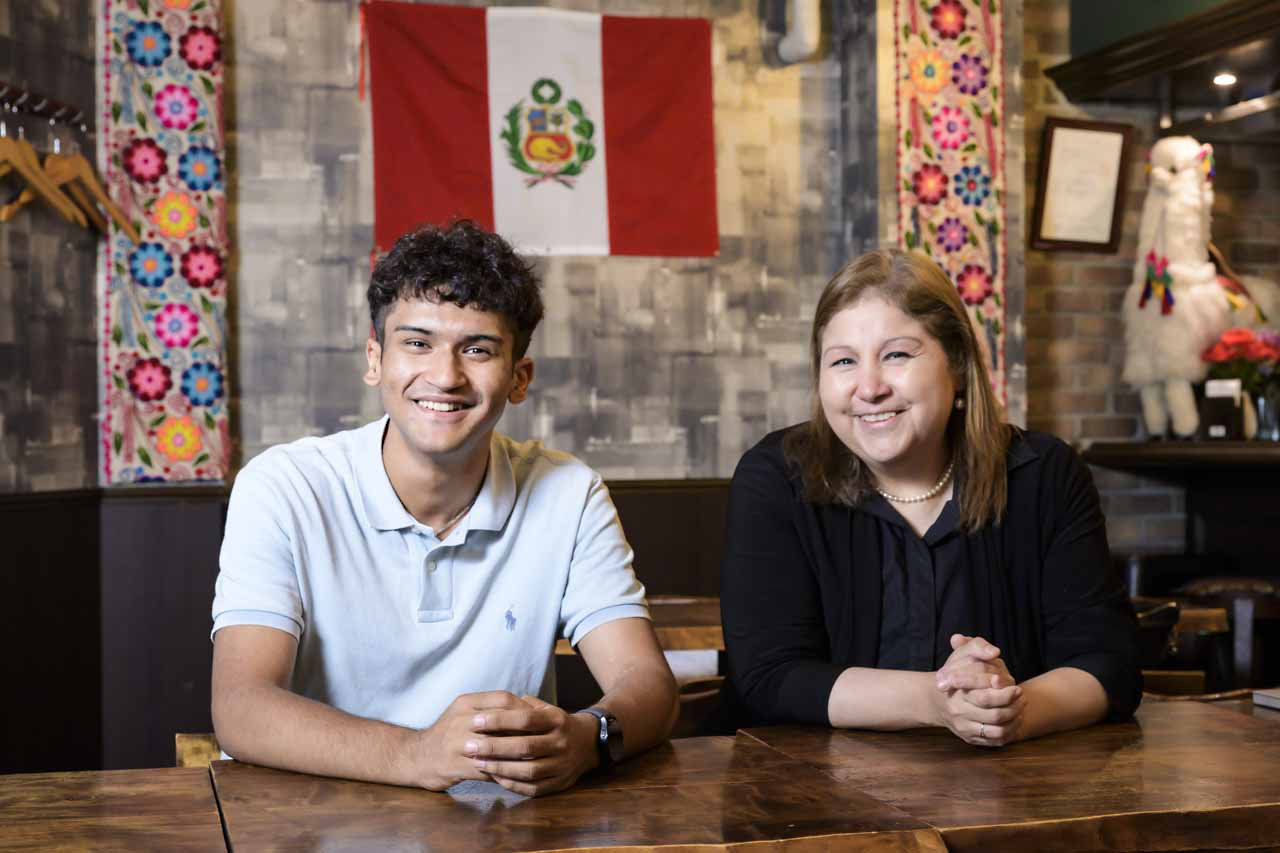
Finally, please tell us about your dreams and goals for the future.
PatriciaMore and more people are becoming fans of alpaca knitwear, so I would like to make even more cute knitwear to make them happy. I also want more people to enjoy Peruvian delicious food. I would be happy if these projects could help people in Japan get to know Peru better.
MiguelI want to make Peruvian food even more popular than it is now. I want people to use our restaurant as a casual place to drop in when they visit Shibuya. In the future, we will consider opening more restaurants and other ways to spread the word about Peru.
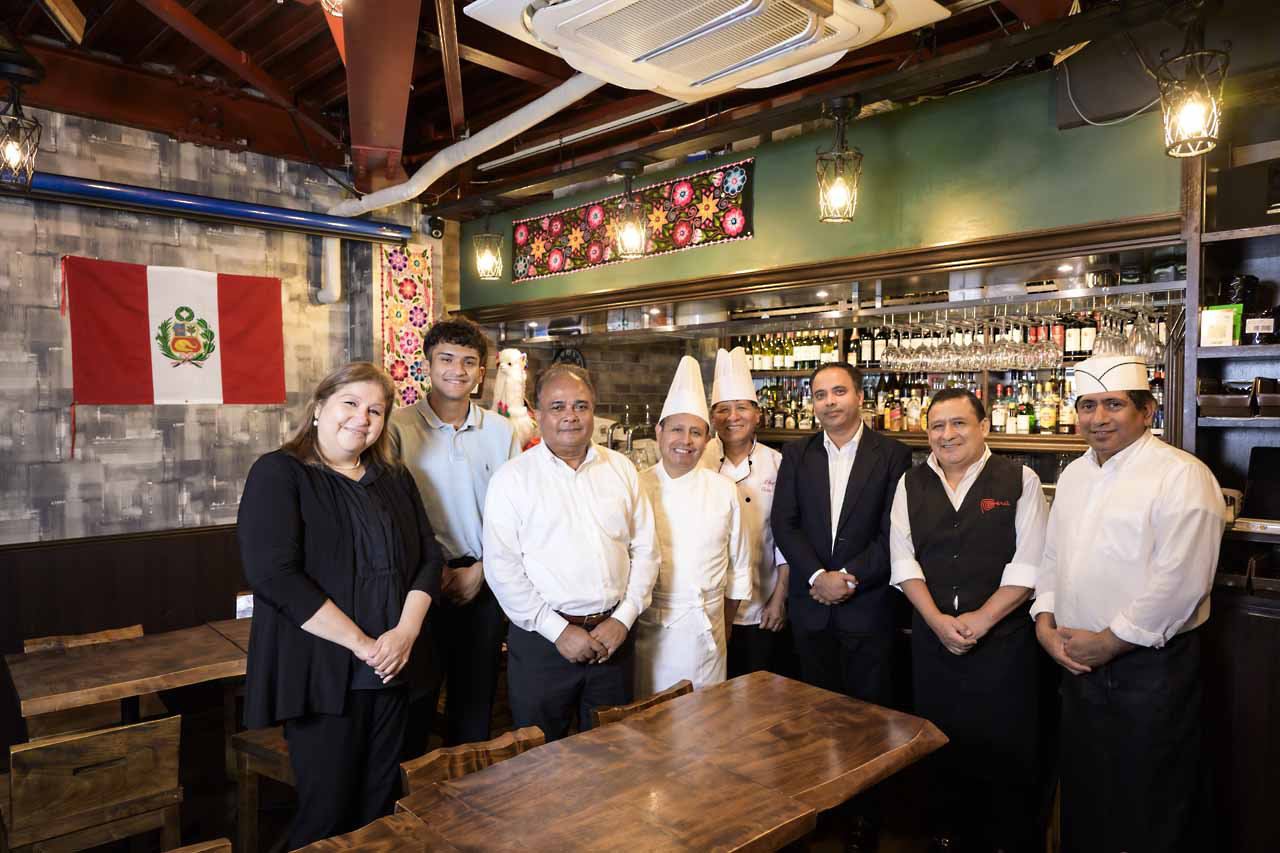
The staff working at Miraflores
Name of restaurant: Peruvian Cuisine Miraflores Shibuya Sakuragaoka Branch (Miraflores)
Address: 1F Kowa Building, 28-3 Sakuragaokacho, Shibuya-ku, Tokyo
Phone: 03-3462-6588
Sister city partnership with Shibuya Ward expected to strengthen ties between the two countries
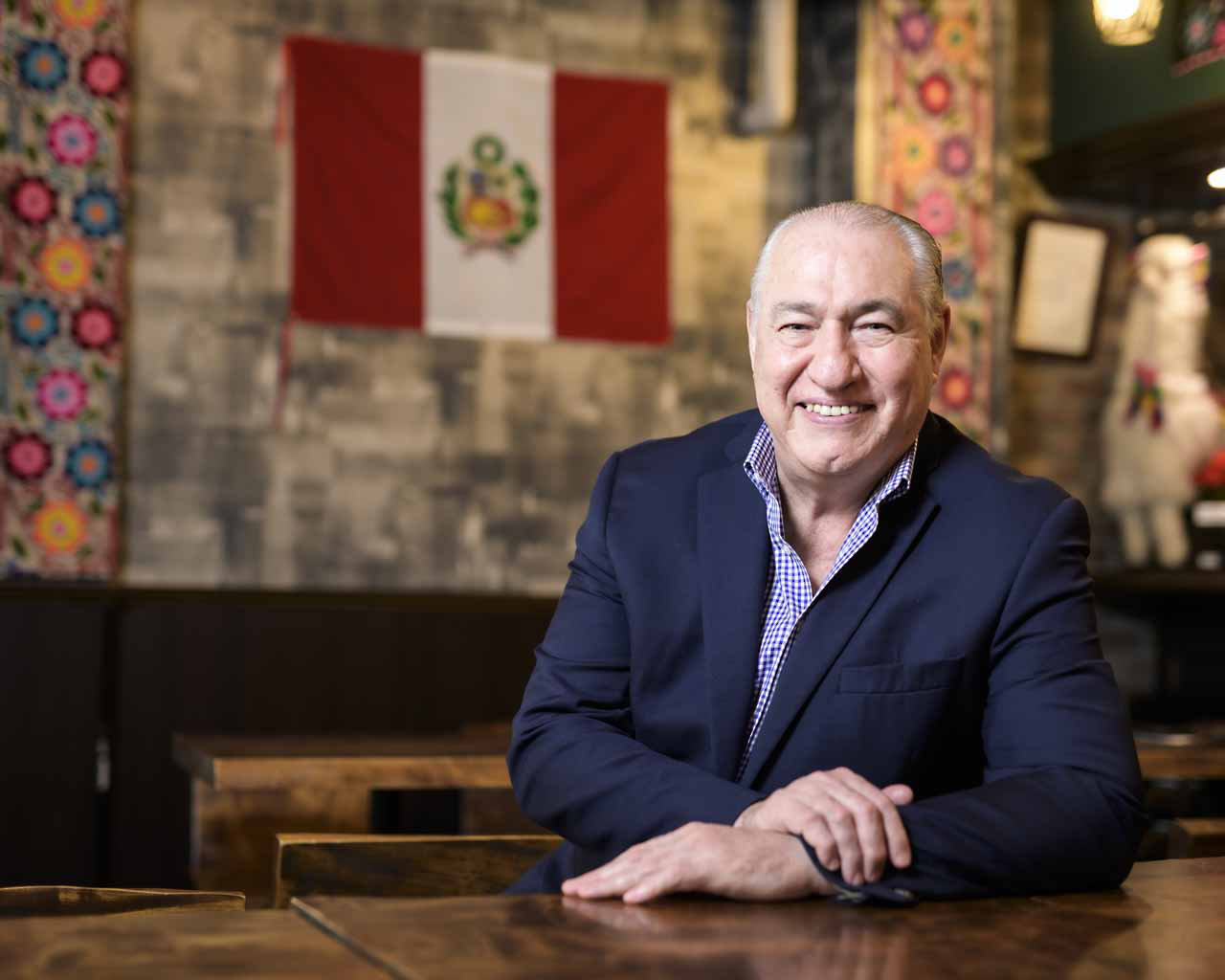
Peruvian Ambassador to Japan, Roberto Seminario (Photo: Inside Miraflores Store)
In June 2024, Shibuya Ward and Miraflores District of Lima, Peru, signed a memorandum of understanding on sister city cooperation.
Miraflores is a district in Lima that was designated the capital of the viceroyalty under Spanish colonial rule. Currently, the district is bustling with many young people, with a vibrant business and tourism industry and sophisticated culture. As these characteristics of the city are common to Shibuya Ward, the mayors of the two wards held a forum for dialogue, which led to the sister city partnership. Going forward, the two wards plan to work together in a variety of areas, including culture, education, tourism, sports, the environment, science, technology, and innovation.
Shibuya Ward is already a world-class tourist city that welcomes inbound tourists, so much so that "overtourism" has become one of its challenges. On the other hand, there are still not many tourists from overseas visiting Miraflores. In this respect, too, I believe there is a lot that Miraflores can learn from Shibuya Ward.
For Japanese people, Peru may conjure up images of the Machu Picchu ruins and other sites. While these are certainly Peru's most famous tourist destinations, I believe there are many other elements to Peru that will appeal to Japanese people.
Peru has a wide variety of climates, and you can see completely different scenery depending on where you visit, such as the coast, mountain areas, jungles, etc. Another big attraction is that various cultures, such as the Inca Empire and colonial era, still live on today.
In 2023, Princess Kako will visit Lima to mark the 150th anniversary of the establishment of diplomatic relations between Japan and the Republic of Peru, bringing the relationship between the two countries even closer. It may seem a little far away, being on the other side of the world, but we promise that if you take a little time off work to visit, a wonderful adventure awaits.
If it's difficult to get on a plane right now, visiting a Peruvian restaurant near you is a good way to experience Peruvian culture. Peru is known as a country with a highly developed cuisine, influenced by indigenous peoples, Spain, and immigrants from various countries. Miraflores, run by Patricia, and other Peruvian restaurants in Japan are all high quality, so you're sure to be satisfied.
I hope that Japan and Peru will continue to build a better relationship.
Interview and writing: Ryota Ninomiya / Photography: Osamu Matsuba
